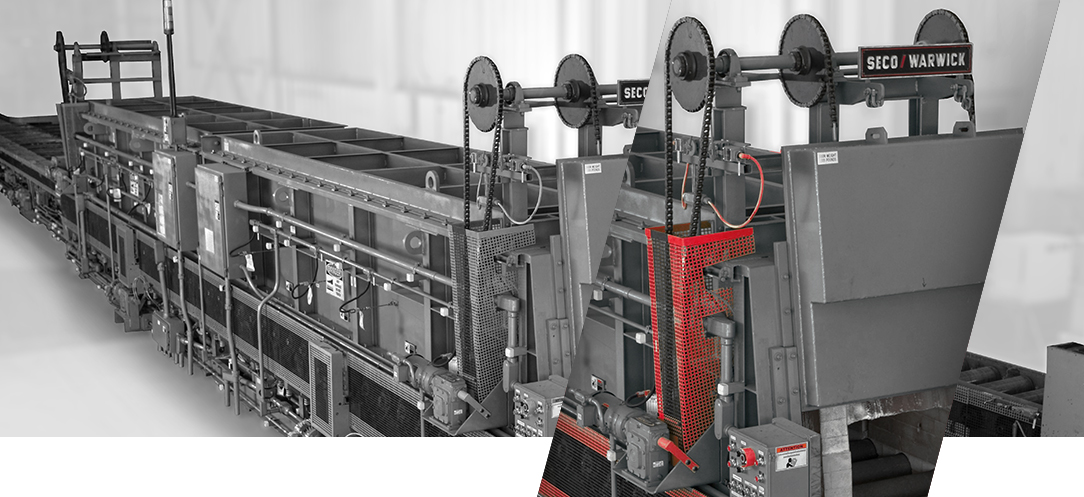
Revolutionary developments in audio technology
The world of music equipment is undergoing a transformation with the latest advancements in audio technology.
Innovations such as AI-driven sound engineering and immersive audio experiences are redefining the way we interact with music. These technologies not only enhance the quality of sound but also offer unprecedented customization options for musicians and producers.
Artificial Intelligence (AI) is playing a significant role in this evolution. Modern music equipment now integrates AI algorithms that analyze audio in real-time, adjusting frequencies and optimizing sound quality automatically. This technology enables producers to achieve professional-grade sound with minimal effort, streamlining the production process.
Furthermore, immersive audio technologies like 3D soundscapes and spatial audio are gaining traction. These innovations create a more dynamic listening experience by simulating sound from multiple directions, which is particularly useful for creating engaging live performances and high-fidelity recordings.
Advancements in portable music gear
Portable music equipment has seen remarkable advancements, making it easier for musicians to perform and produce music on the go. Compact and versatile gear, such as battery-powered synthesizers and portable recording devices, are now available with high-quality sound output and extensive functionality.
One notable trend is the rise of modular synthesizers that offer customizable components, allowing musicians to build their ideal setup. These synthesizers are designed to be portable and user-friendly, catering to both amateur and professional musicians who require flexibility and convenience.
Additionally, advancements in wireless technology have revolutionized how musicians interact with their gear. Wireless microphones and in-ear monitoring systems provide greater freedom during live performances, eliminating the need for cumbersome cables and reducing setup time.
Enhancements in digital audio workstations (daws)
Digital Audio Workstations (DAWs) are the cornerstone of modern music production, and recent innovations have significantly enhanced their capabilities. New DAWs come with advanced features such as enhanced virtual instruments, intuitive interfaces, and real-time collaboration tools.
One of the key improvements in DAWs is the integration of advanced virtual instruments and effects. These tools offer a vast array of sounds and processing options that can be customized to suit any musical style. The high-quality emulations of classic instruments and effects expand the creative possibilities for producers and musicians.
Moreover, real-time collaboration features are transforming how music is created. Cloud-based DAWs allow multiple users to work on a project simultaneously from different locations, facilitating remote collaboration and streamlining the production workflow.
Cutting-edge innovations in live sound equipment
Live sound equipment is continuously evolving, with new innovations enhancing the quality and reliability of live performances. Advances in digital mixing consoles and line array speakers have become pivotal in delivering superior sound experiences at concerts and events.
Digital mixing consoles now offer unprecedented control and flexibility, with features such as touch-screen interfaces, remote control capabilities, and automated mixing functions. These advancements allow sound engineers to manage complex audio setups with ease, ensuring optimal sound quality throughout a performance.
Additionally, line array speaker systems have become more sophisticated, providing better sound coverage and clarity. These systems use advanced acoustics and digital signal processing to deliver consistent sound across large venues, improving the overall audience experience.
Emerging trends in music production software
Music production software is evolving rapidly, with emerging trends shaping the future of music creation. Innovations in software include AI-assisted composition tools, cloud-based platforms, and enhanced integration with hardware equipment.
AI-assisted composition tools are becoming increasingly popular, helping musicians generate melodies, harmonies, and rhythms based on their inputs. These tools offer a new level of creativity and efficiency, allowing composers to explore new musical ideas and streamline the songwriting process.
Cloud-based platforms are also gaining traction, offering musicians and producers access to a vast array of resources and collaboration tools. These platforms facilitate seamless sharing of project files and collaboration with other artists, making it easier to work on music projects from anywhere in the world.
Future prospects in music equipment technology
The future of music equipment technology holds exciting possibilities, with ongoing research and development promising even more groundbreaking innovations. Emerging technologies such as augmented reality (AR) and virtual reality (VR) are poised to revolutionize how we experience and create music – music store.
Augmented Reality (AR) has the potential to enhance live performances by overlaying digital elements onto the physical world. Musicians could use AR to interact with virtual instruments or create immersive visual experiences for their audiences, expanding the boundaries of live music.
Virtual Reality (VR) offers a new dimension to music production and performance. VR environments could enable musicians to practice and perform in virtual spaces, providing unique opportunities for creative expression and audience engagement. As these technologies continue to develop, they will likely play a significant role in shaping the future of music.


